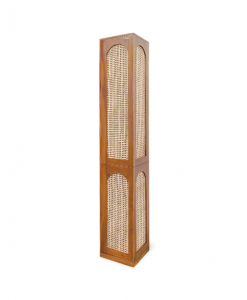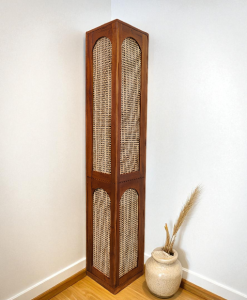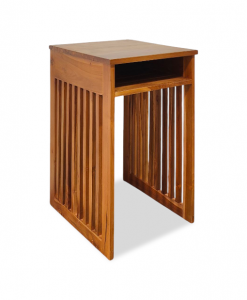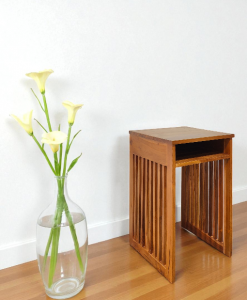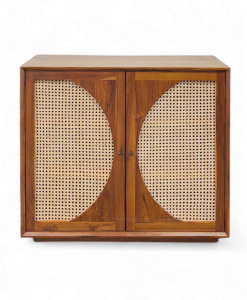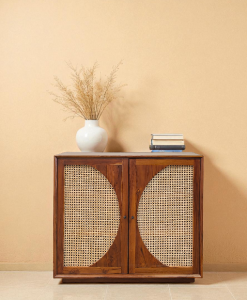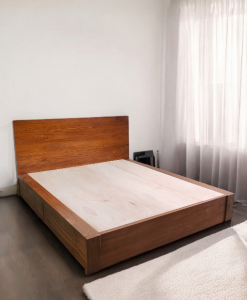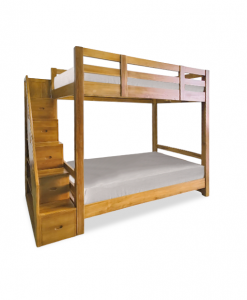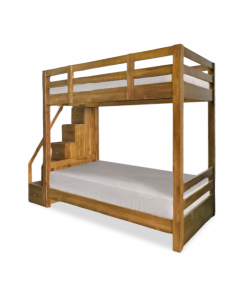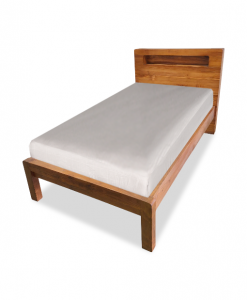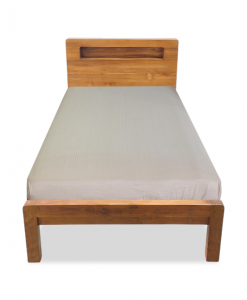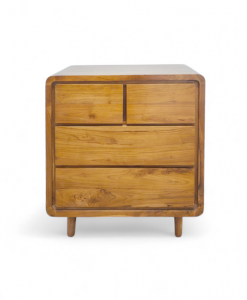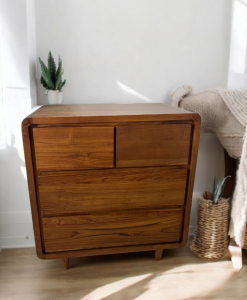Uncategorized
Pests In Your Wardrobe? Say Goodbye To Mothballs
Uninvited guests living in your wardrobes? Some of the common pests found in our wooden wardrobes in Singapore are silverfish and moth. Remember the days when mothballs are the go-to product whenever we find holes in our clothing? And how the smell just comes like a wave, crashing down and enveloping you whenever you open the wardrobe which is scattered with mothballs around? Do you also ever wonder how mothballs can get smaller over time and just disappears?
Mothballs are essentially tiny balls of pesticide – they vaporize in the air, giving off a toxic smell that kills moths and their larvae. Hence,smelling mothballs is actually inhaling insecticide! Besides its primary function – keeping moths away, mothballs also have the ability to ward off other pesky insects. However, these mothballs can be hazardous to pets or young children if they were to eat it accidentally.
If you own items of clothing that are made from natural fibres – such as wool, fur, cotton and silk, they are at a higher risk of being damaged by moths. Being in a humid climate, there aren’t a lot of opportunities for us to wear a wool cashmere or a thick fur jacket. These are only brought out maybe once a year, depending on the frequency of your travel to a cold climate. Storing them away inappropriately might put them at the risk of being damaged by pests.
Besides moths, silverfish can do the same damage to your clothing too! Whether you’re looking to prevent these pesky cloth-eaters or trying to eliminate them using home remedies, we’ve got you covered!
Ways to Prevent Infestation
Clean. Regularly clean and declutter your wardrobe in Singapore. Pests like to feast in an undisturbed corner so when you regularly shift your things around, it lowers the likelihood of them nesting in your wardrobe.
If you have pieces of clothing hanging in your closet that you do not wear regularly, inspect them for any signs of larvae and moths. This seems obvious but besides cleaning your wardrobe, make sure your clothes are clean too! Do not place any clothing which you already wore back into the wardrobe; these pests are attracted to dirty laundry as there is nutrition for the moth larvae in the dirt!
Likewise, for silverfish, they do not eat clothes for its material but for the substances in food stains. So, make sure that your clothes are washed and clean. If you wish to wear that pair of jeans again, hook it behind your door or in your room so that you will reach for it again the next time you need it instead of reaching for a new pair!
Plastic bags. Store all your clothing which you do not intend to wear for a long period of time i.e. winter clothing in a sealed plastic bag. Seal off cracks or entry points. Inspect your storage containers for any cracks or holes that insects could possibly squeeze into. If your boxes have holes for handles, seal them off
completely.
Dehumidifiers. Clothes-eating moths love dark and humid spots. Singapore, with a humid climate all year round, makes wardrobe a favourite hangout place for these moths. Place a dehumidifier to avoid an infestation. They are not only great at lowering the possibility of an infestation by making the environment less appealing, they are great at keeping mold out too! With Singapore’s high humidity, molds can grow easily in your shoe cabinet (especially the leather ones)!


